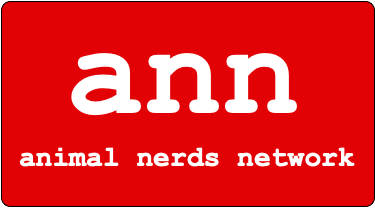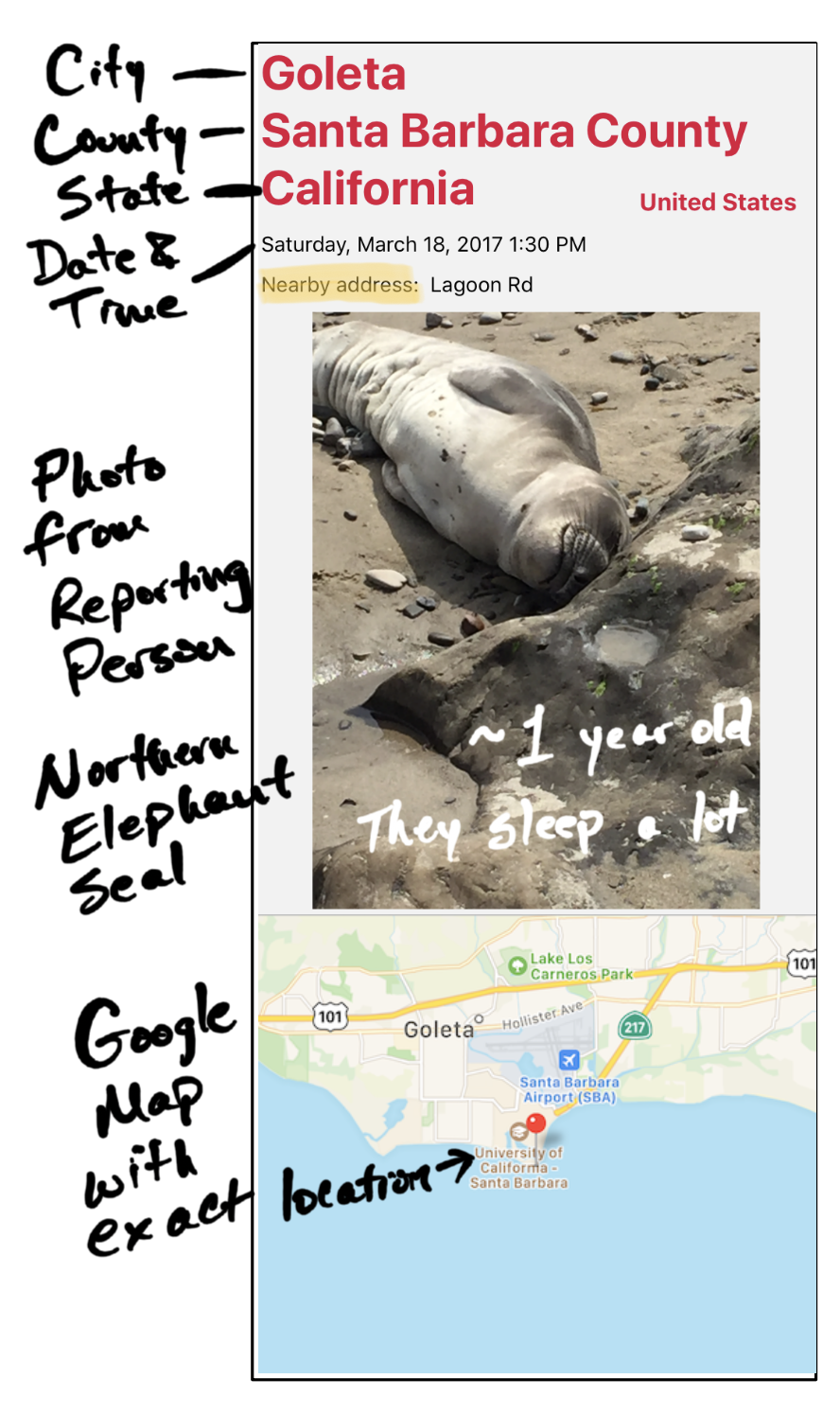The Animal Rescue Group has several volunteers who are on call as
Field Investigators. A Field Investigator is a trained volunteer
who has the job of going out into the field and tracking down the
distressed animal.
A Field Investigator will tell the Hotline Operator if they are able
to go check out the distressed animal. Many times, a Field
Investigator has a day job and volunteers with the animal rescue
group on the side. If the Field Investigator is at their day job,
they may not be able to check on the distressed animal. Some
Field Investigators will use their lunch break to go quickly track
down a distressed animal.
If they can go, the Field Investigator will give the Hotline Operator
an Estimated Time of Arrival (ETA) indicating when they will
get to the general location of the distressed animal.
Oftentimes, the Hotline Operator will have to reach out to several
Field Investigators to find one who can go check on the distressed
animal. Sometimes, nobody is available to check on a distressed
animal.
The Hotline Operator may call back the civilian Reporting Person to
let them know that the Field Investigator (an Animal Rescue Group
volunteer) is on the way and their ETA.


